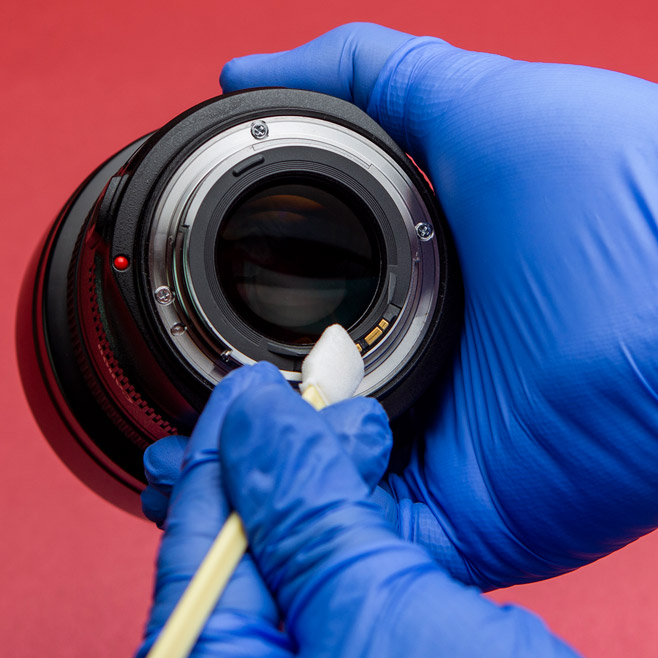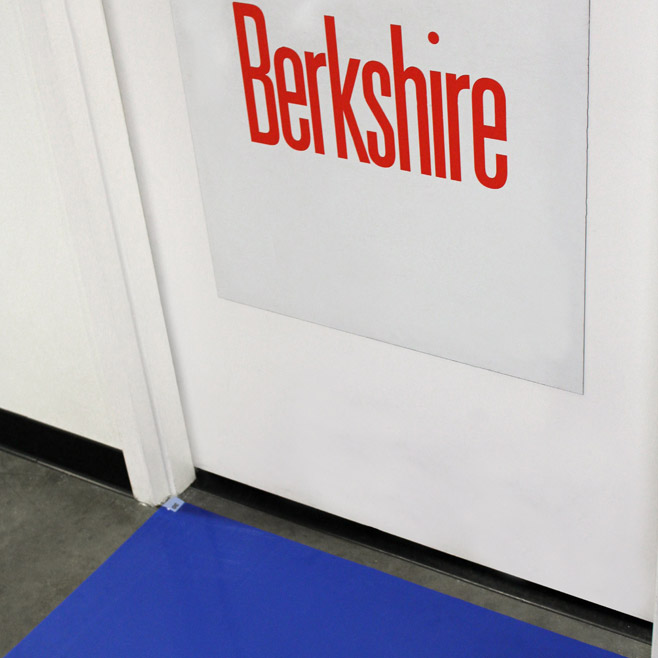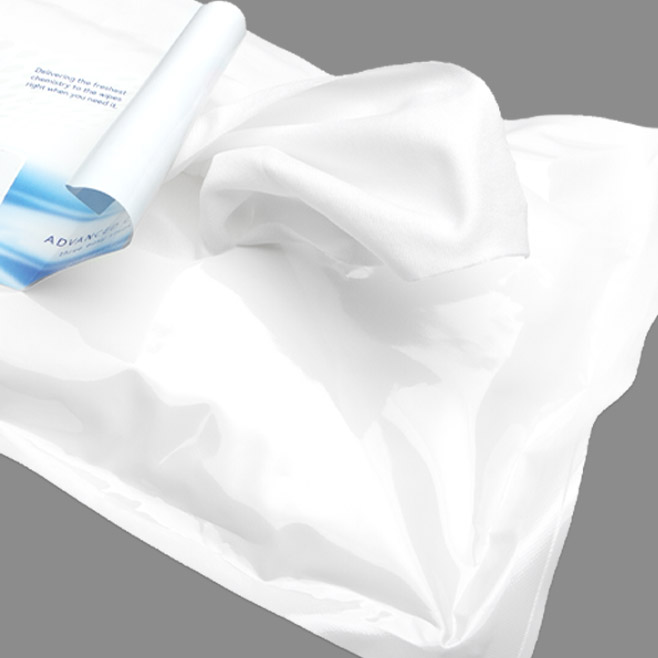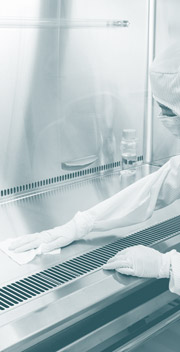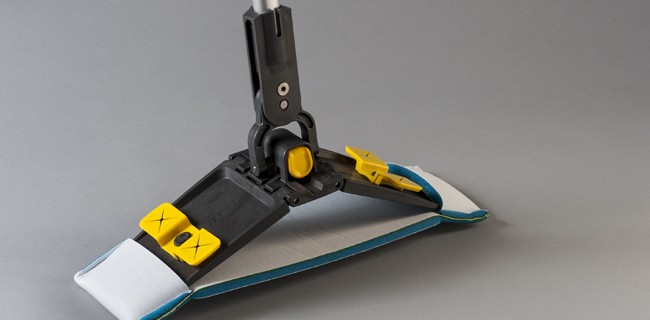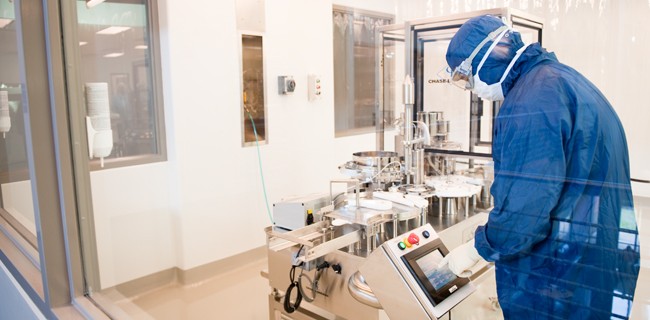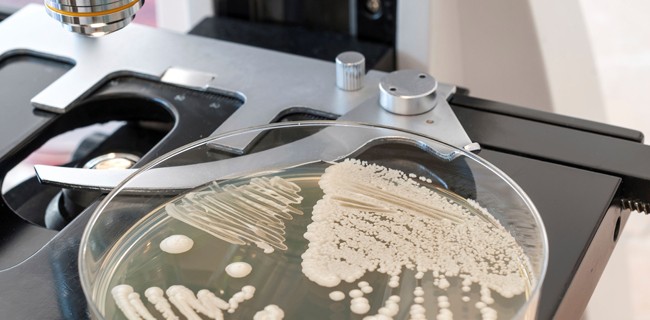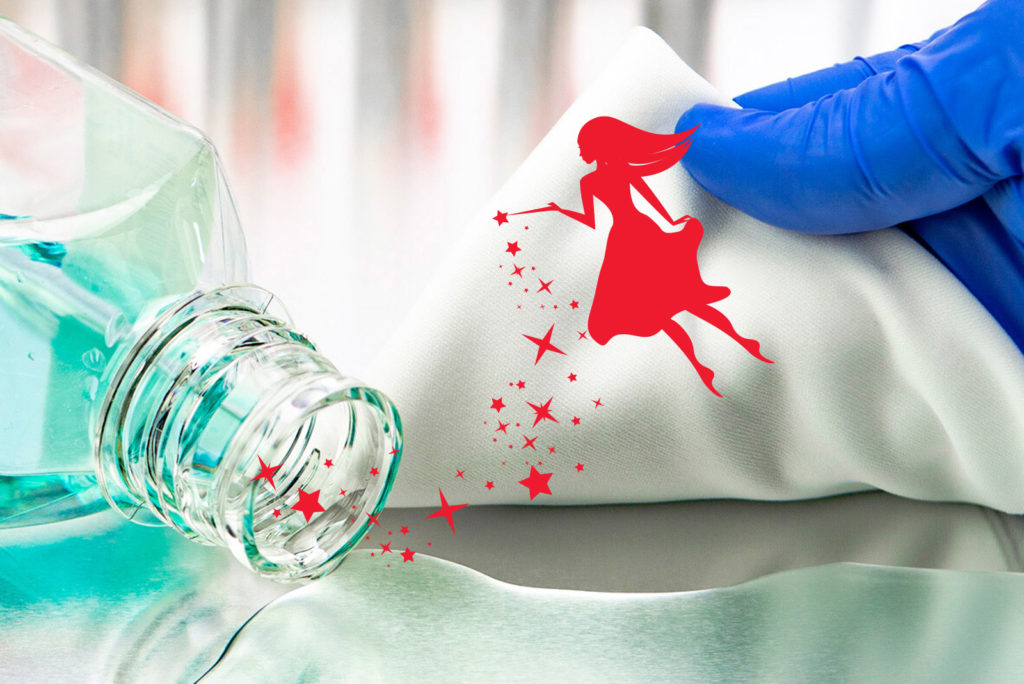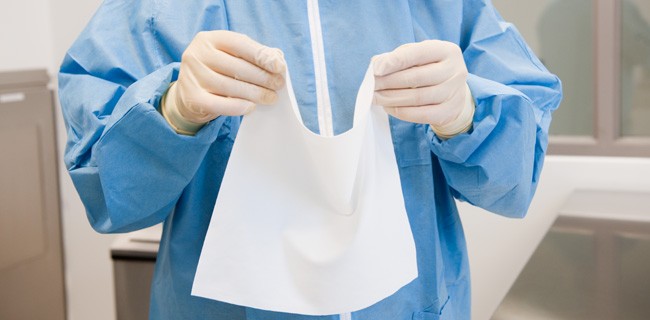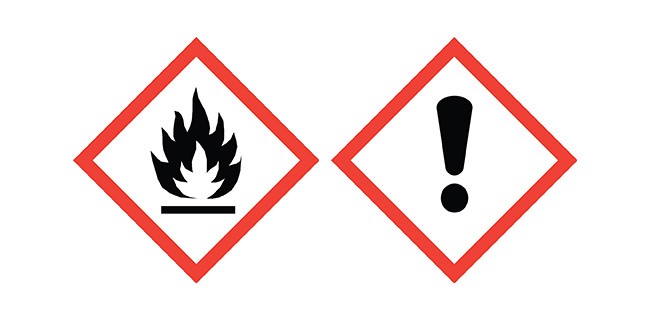Let’s focus on one of the most challenging cleaning requirements for the pharmaceutical industry – cleaning equipment used to manufacture injectable materials – so called “parenteral drugs”. These materials must be made in environments that are absolutely clean and sterile, because there is no opportunity for the drugs to be sterilized after packaging – i.e. [Read More…]
Tag Archives: USP 797
In a cleanroom, cleaning floors and walls is like cleaning other surfaces, only more so – larger surface areas and corresponding larger wiping cloths. Let’s start with floors. The same principles apply to wiping floors as described previously in Particles on Surfaces Part 4 – use linear wiping strokes and wipe from clean to dirty. To achieve [Read More…]
Before we address wiping techniques, we might well question the need for wiping. After all, if capillary forces hold particles to surfaces strongly enough that the particles can’t easily get airborne, why the great concern to remove the particles by wiping? The simple answer is embodied in two words: Contact Transfer. That’s the means by which [Read More…]
In Particles on Surfaces – Part 2, we learned that thin liquid layers between particles and surfaces serve as the binding forces between the two. By lowering the surface tension of this liquid layer – typically water – we can decrease the binding force and assist in the removal of particles. Isopropyl alcohol (IPA) – as [Read More…]
In Particles on Surfaces – Part 1, witness wafer and settling plate data showed that particles and bacteria (i.e. viable particles) will settle on cleanroom surfaces. From this we can infer that particles do NOT behave as hard microscopic billiard balls, striking surfaces and rebounding into the air. Rather, through inelastic collisions with the surface, they [Read More…]
Web searches for “Lint Free Wipes” provide some interesting information. A Google search returns 82,300 hits. A search of “lint-free” on the American Society for Testing Materials (ASTM) site returns 265 hits, and a search of “lint-free” on the United States Pharmacopeia (USP) site returns 737 hits. Of these, three are contained in the <797> document on [Read More…]
DOWNLOAD POSTER: An updated guide to properly folding and utilizing a low-linting wiper for maximum cleaning efficiency in a cleanroom, controlled or critical environment.
ISOPROPYL ALCOHOL (IPA) is widely accepted as a good liquid for keeping cleanroom surfaces in pristine condition. But what about methyl, ethyl, or butyl alcohol? Why aren’t these types of alcohols considered for cleanroom cleaning, too? It all comes down to performance, safety, and price. Methyl Alcohol And Evaporation At room temperature, methyl alcohol has three [Read More…]
IF YOU ARE MANUFACTURING in an aseptic environment, it’s important for your cleanroom supplies to be sterilized with a validated process. This whitepaper, written by Lynn Stanard, Berkshire’s Senior Quality Manager, will help you understand the sterilization methods used by consumables suppliers and what to look for when procuring supplies Sterile Cleanroom Management This whitepaper provides [Read More…]
HOUSEHOLD BLEACH is well known for its ability to remove stains and whiten clothes during laundering. Bleach also finds application in health care facilities with cleanrooms. Such applications include aseptic pharmaceutical suites, biomedical device manufacturing and compounding pharmaceutical facilities that require the biocidal and sterilant capabilities of bleach. Bleach solutions, which are active against bacteria, viruses, [Read More…]






